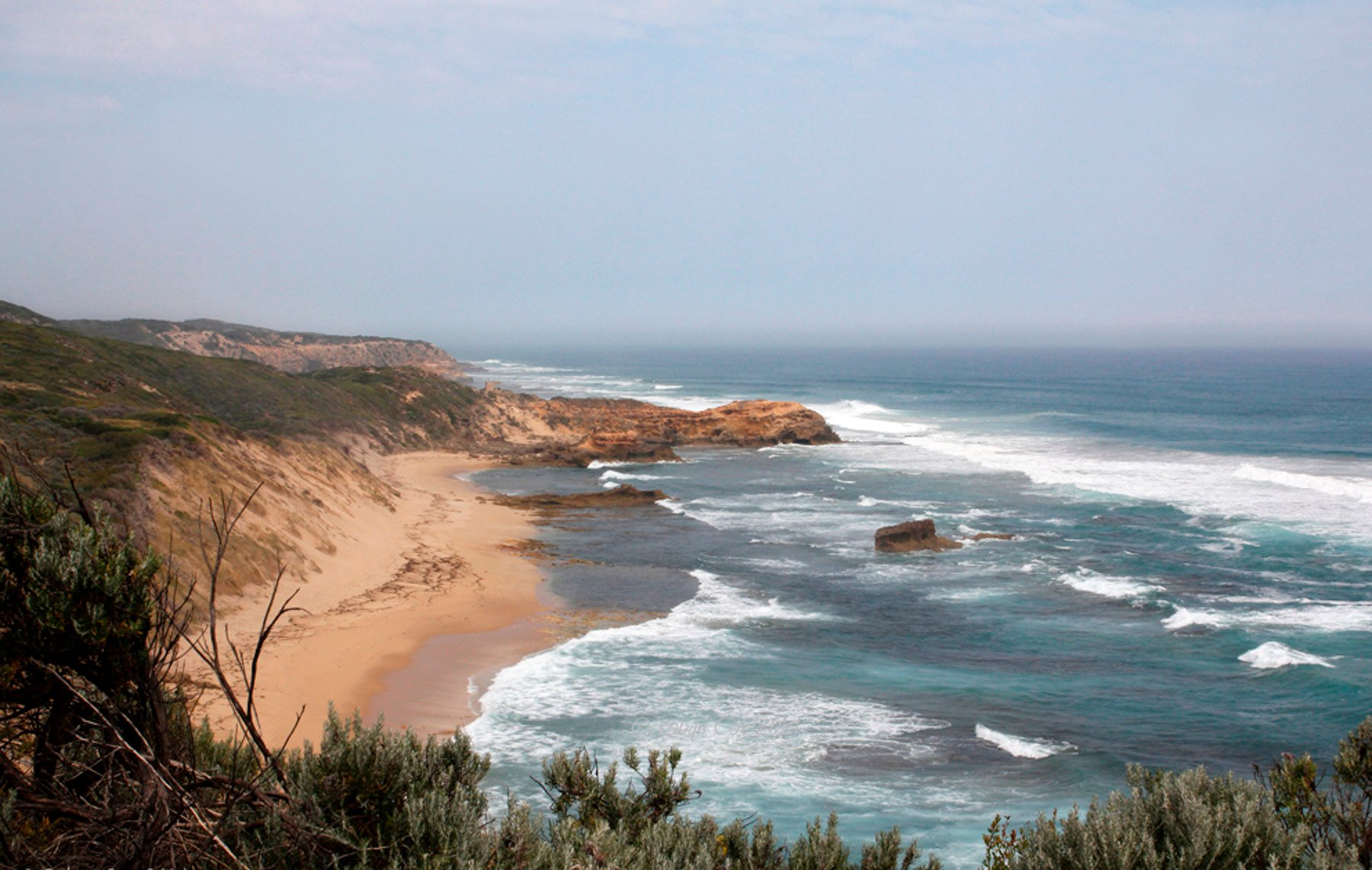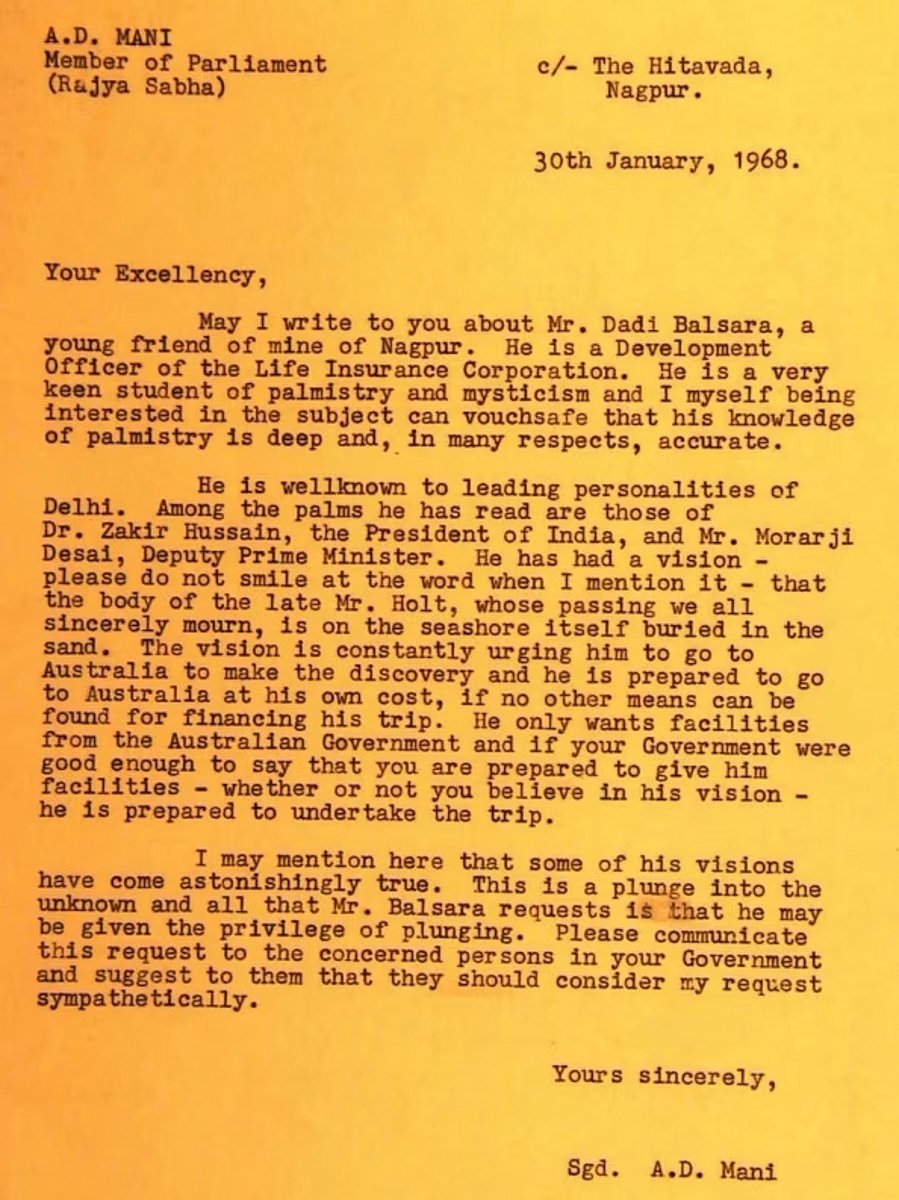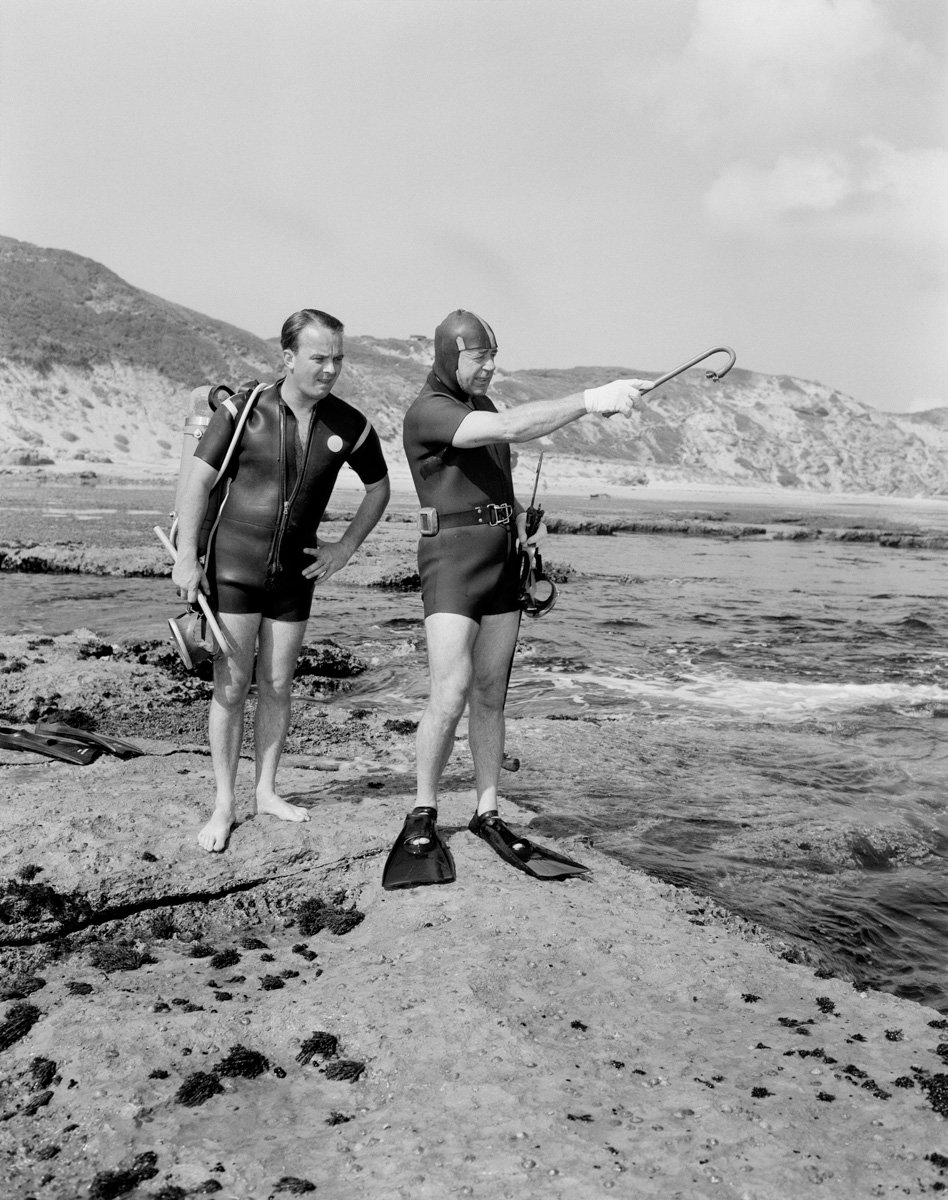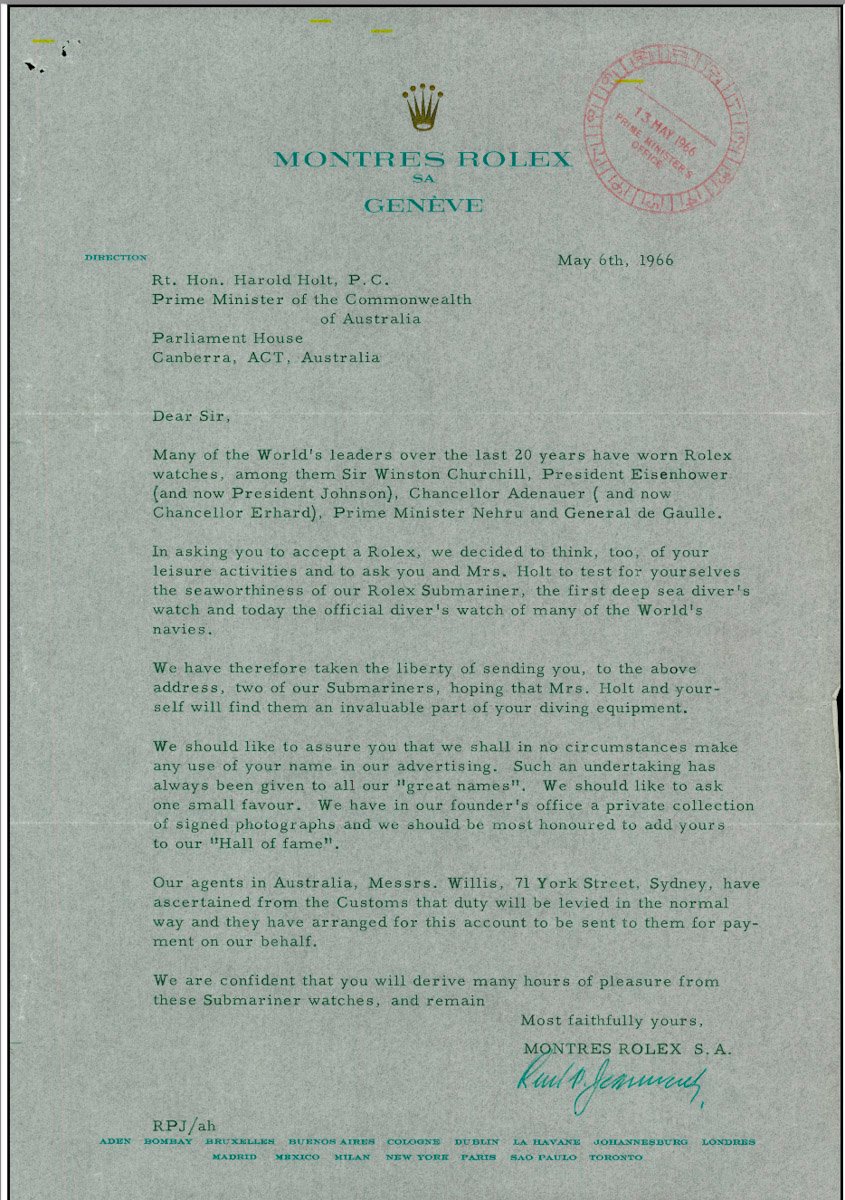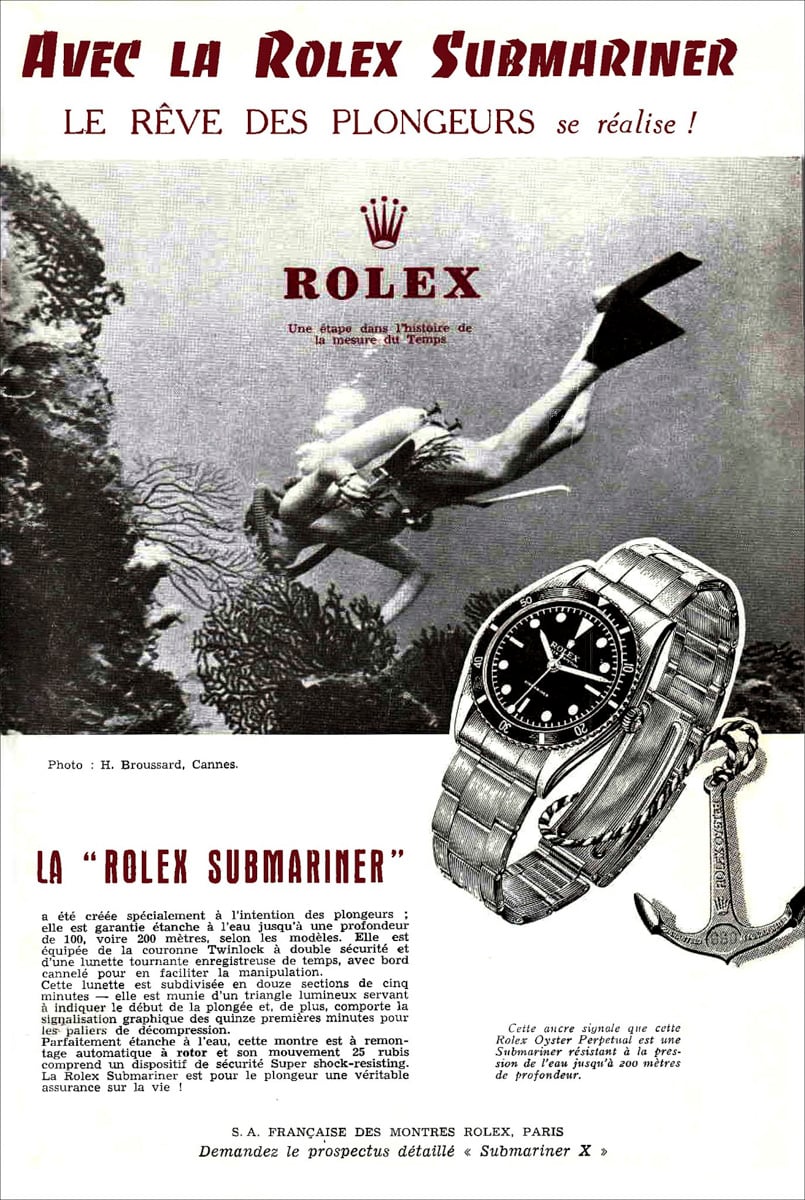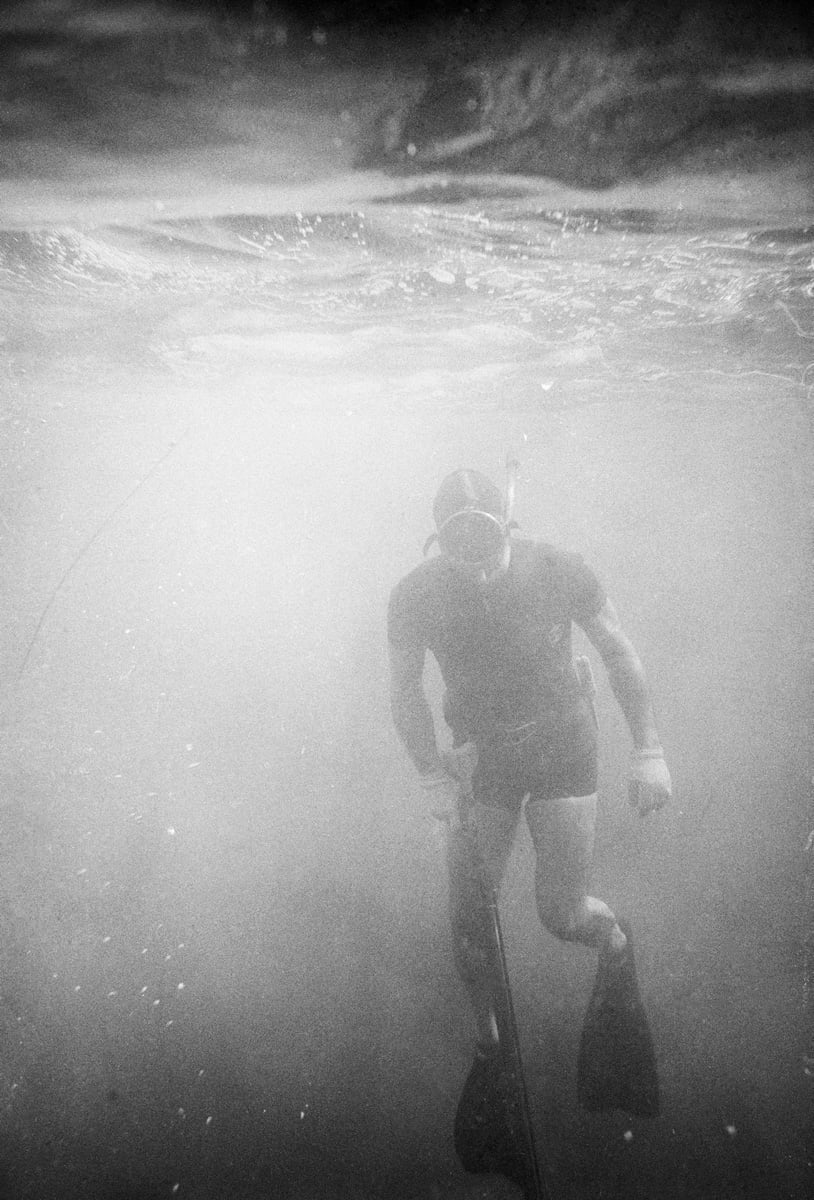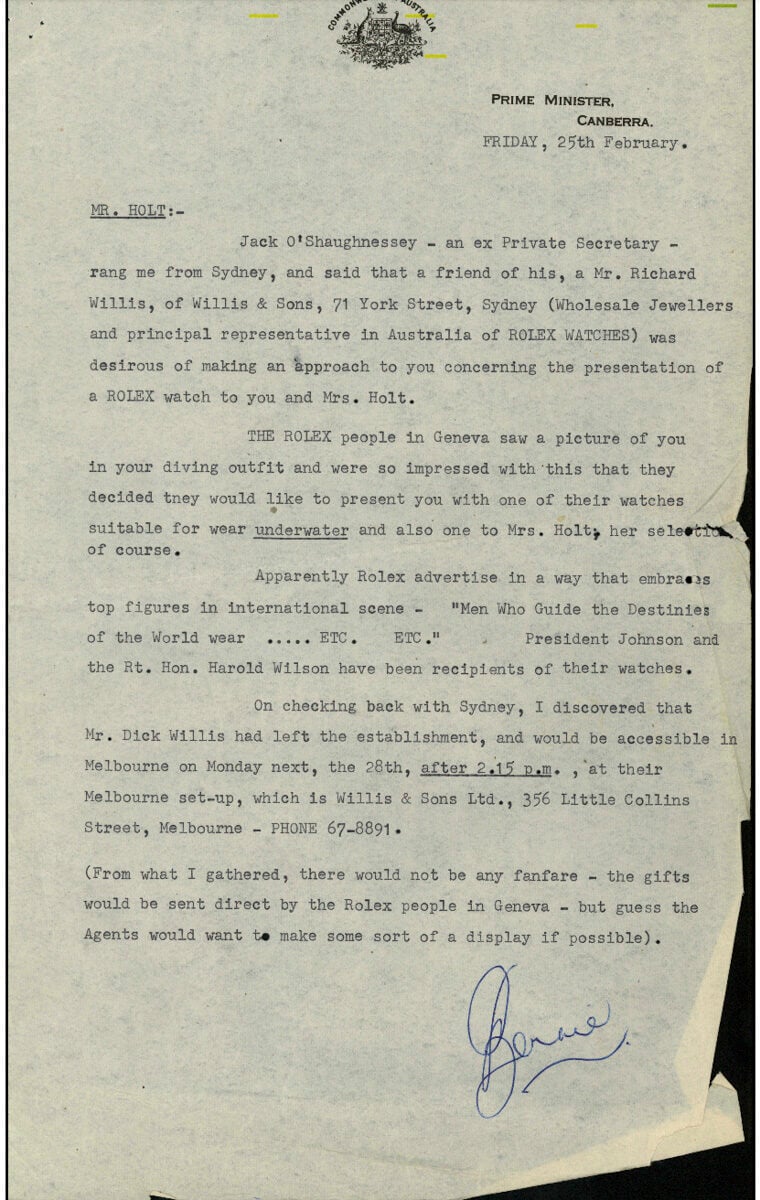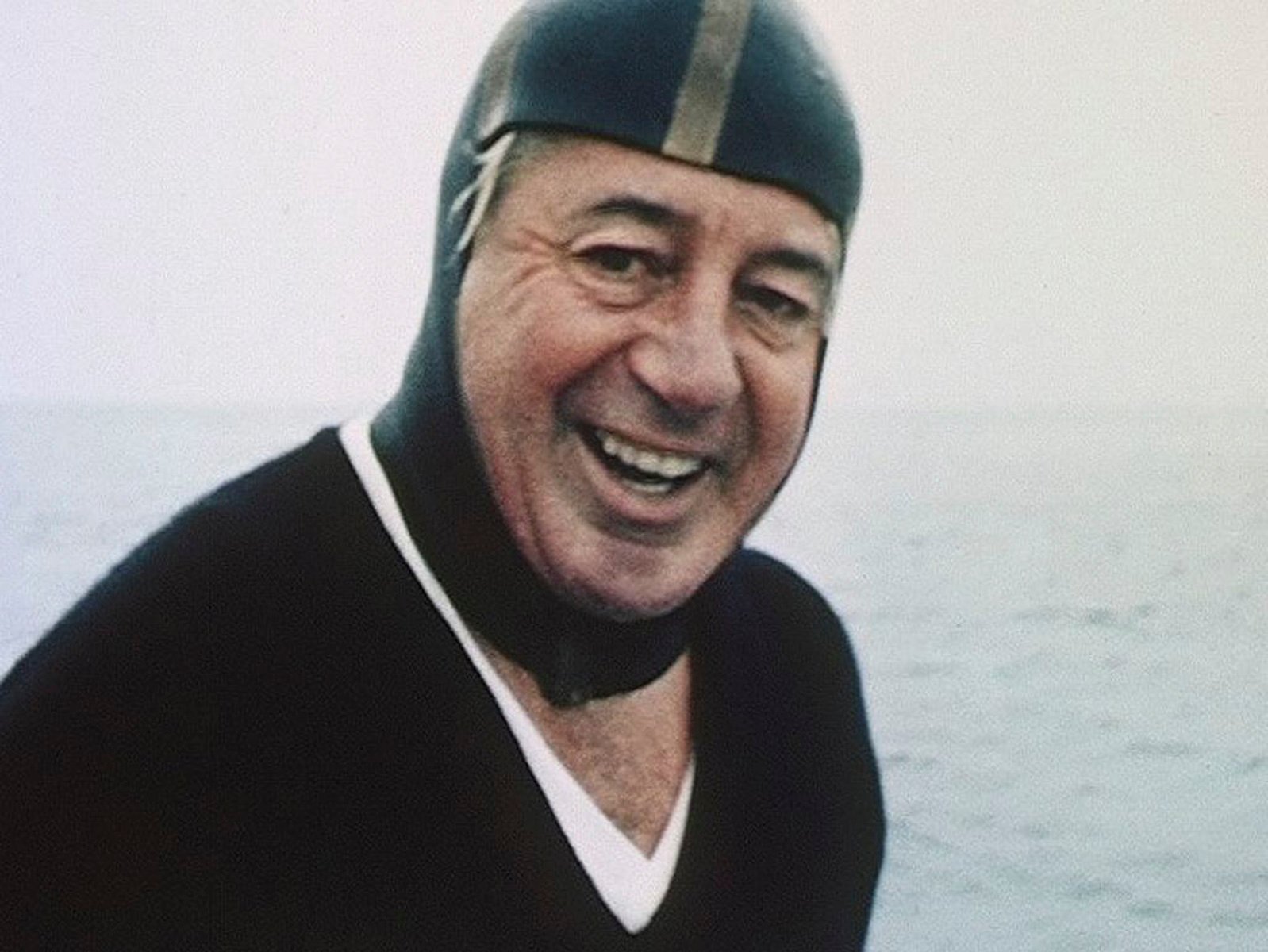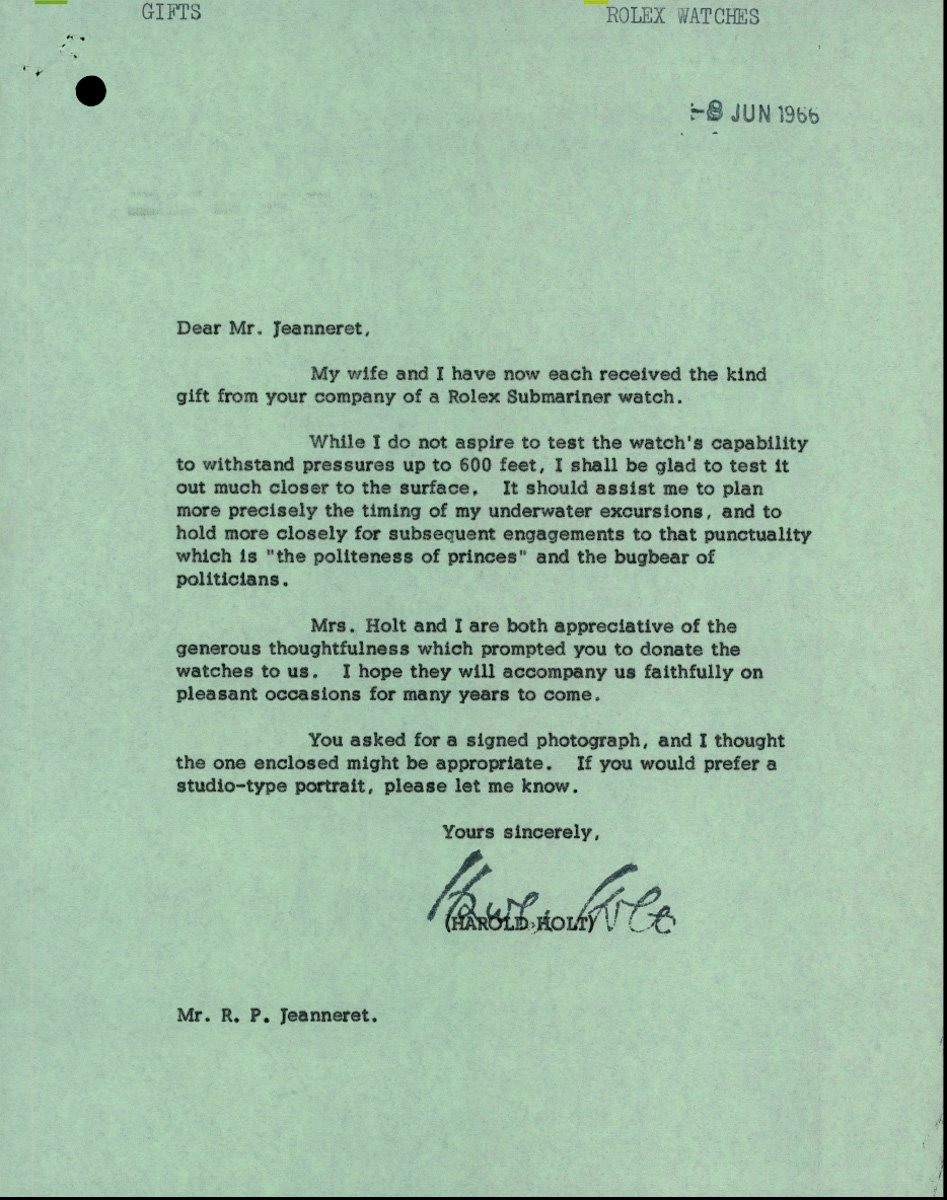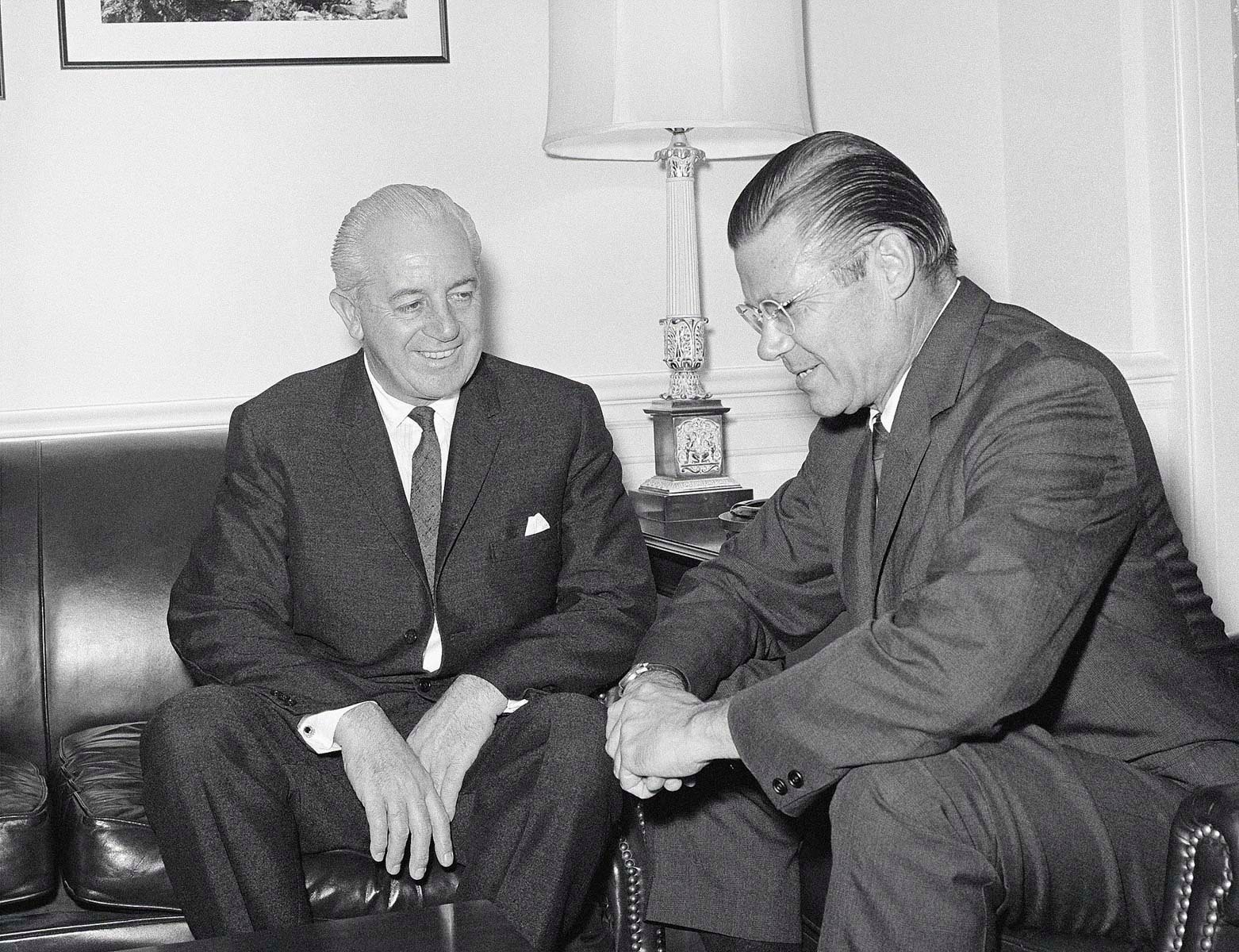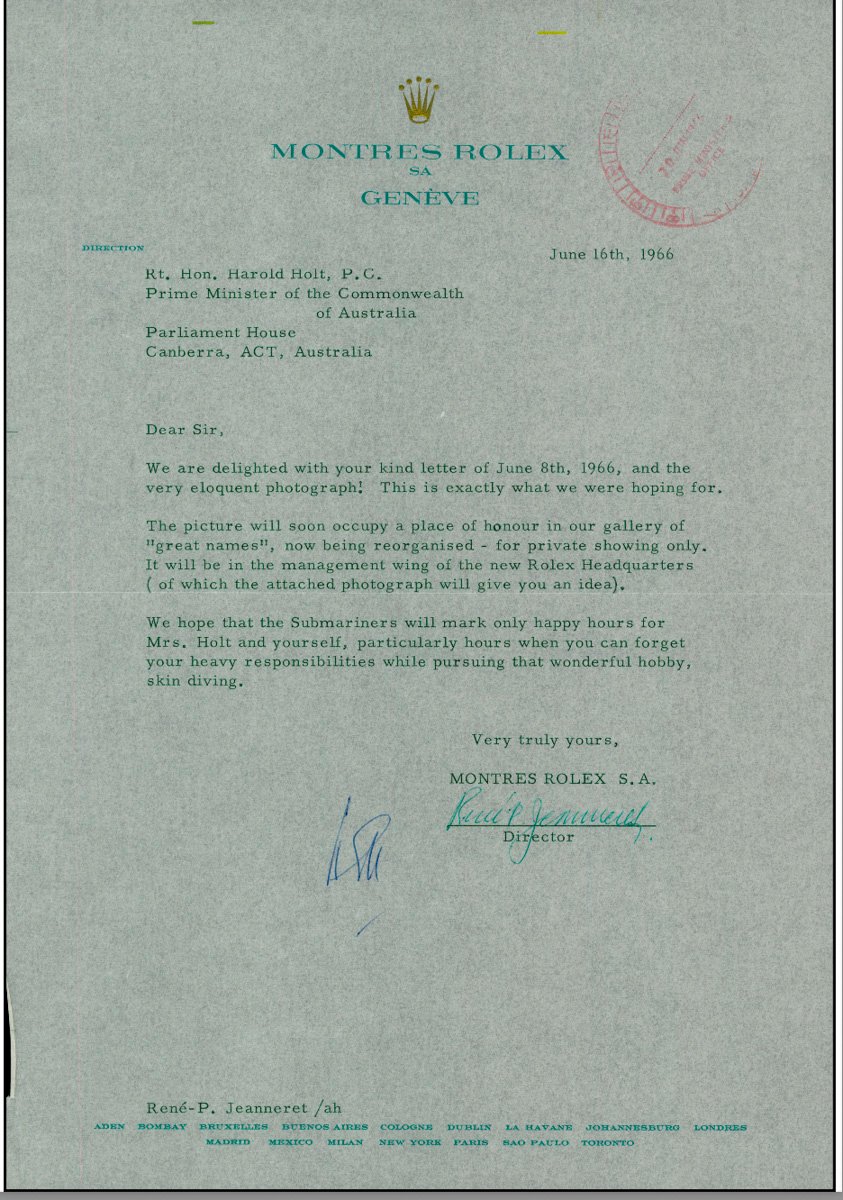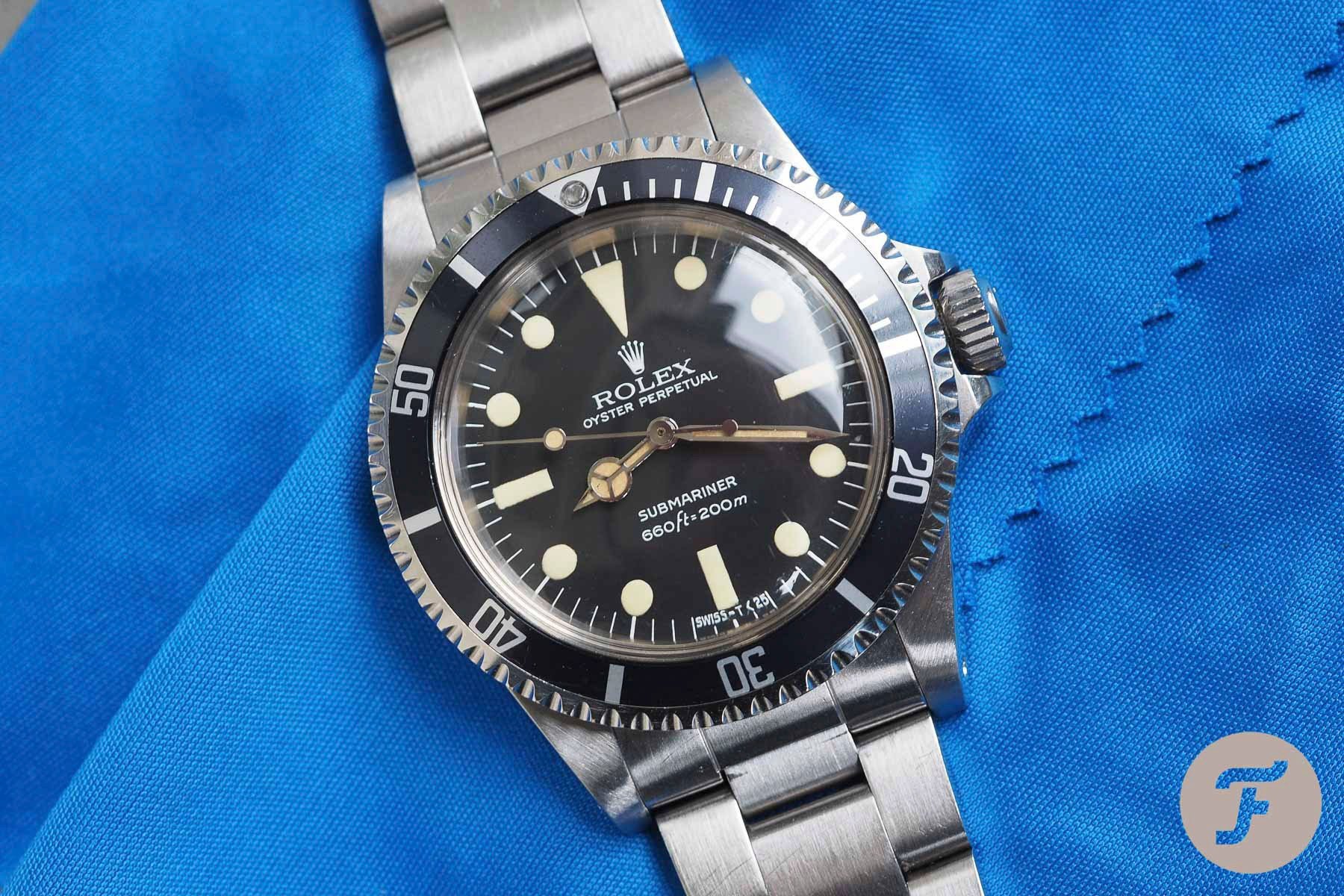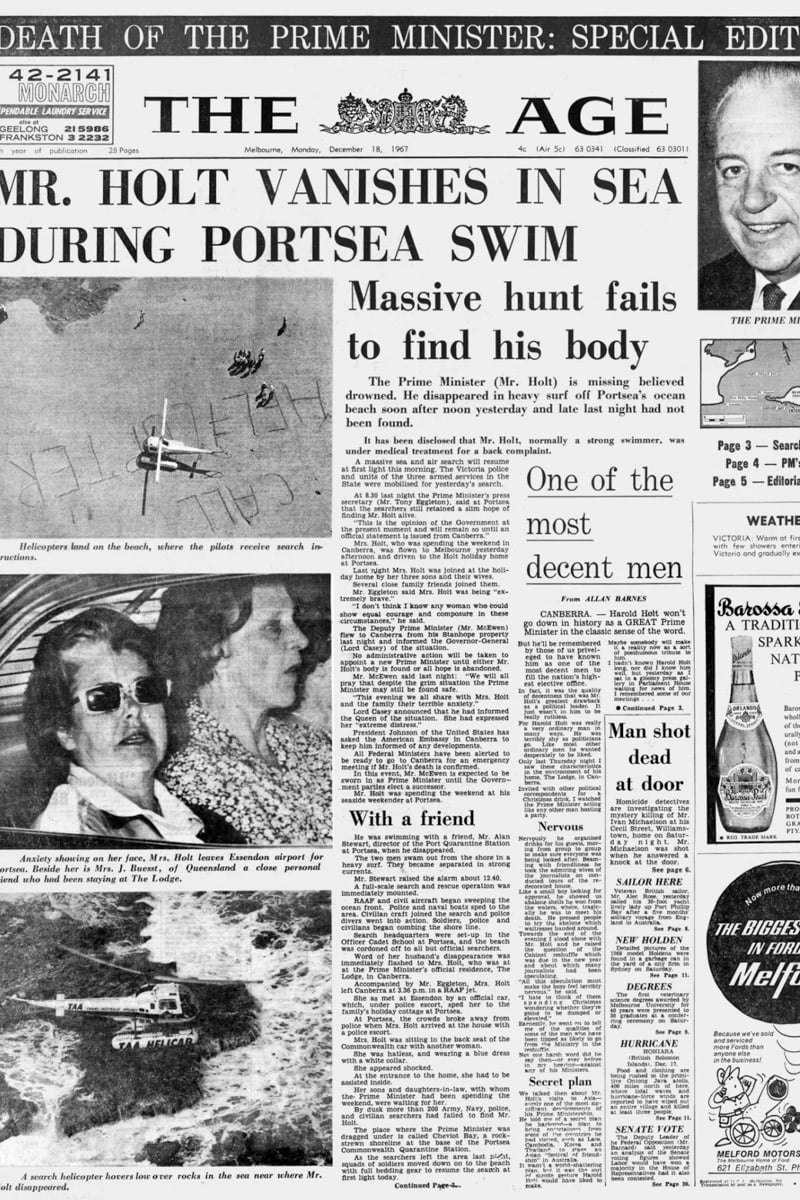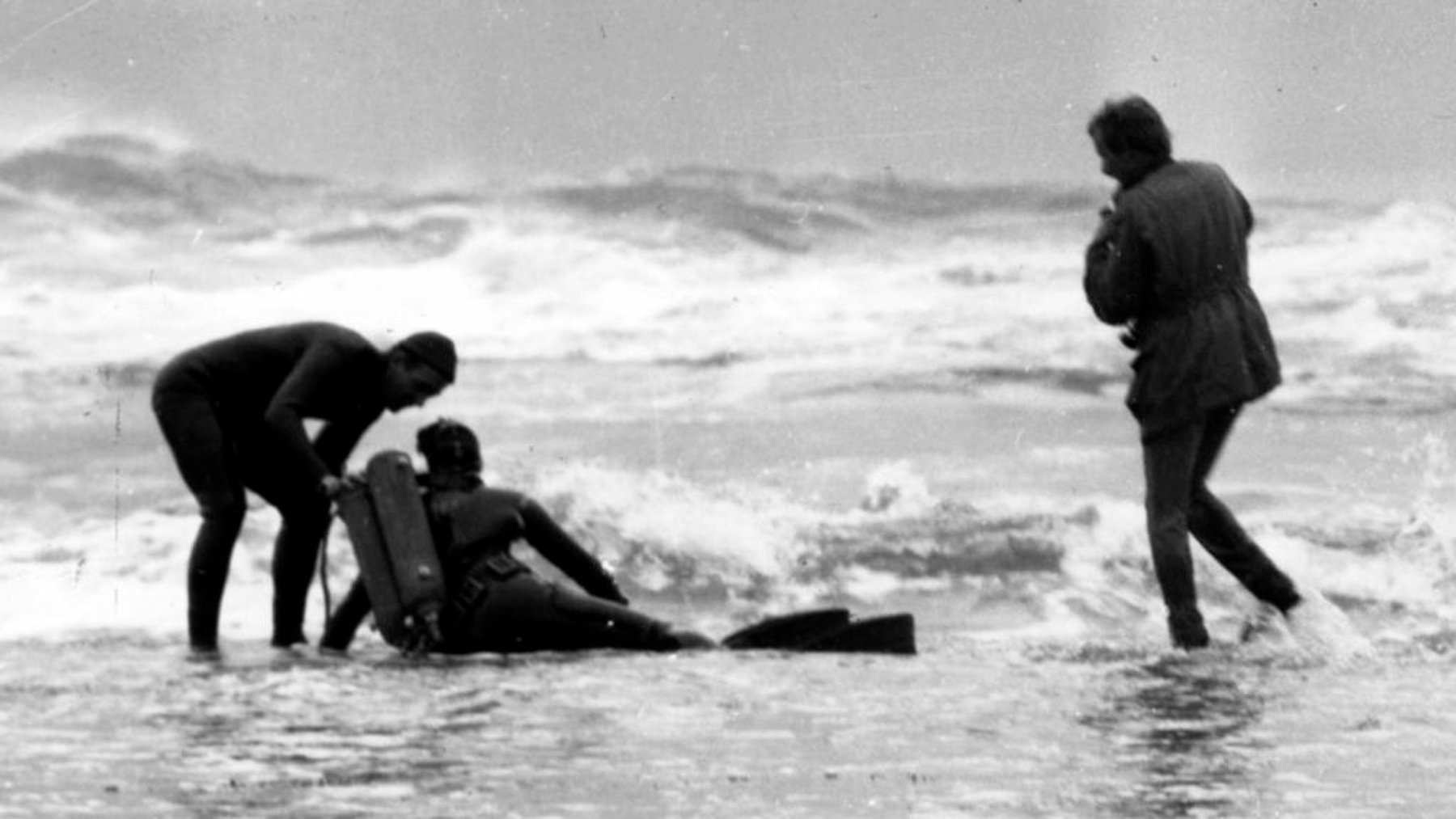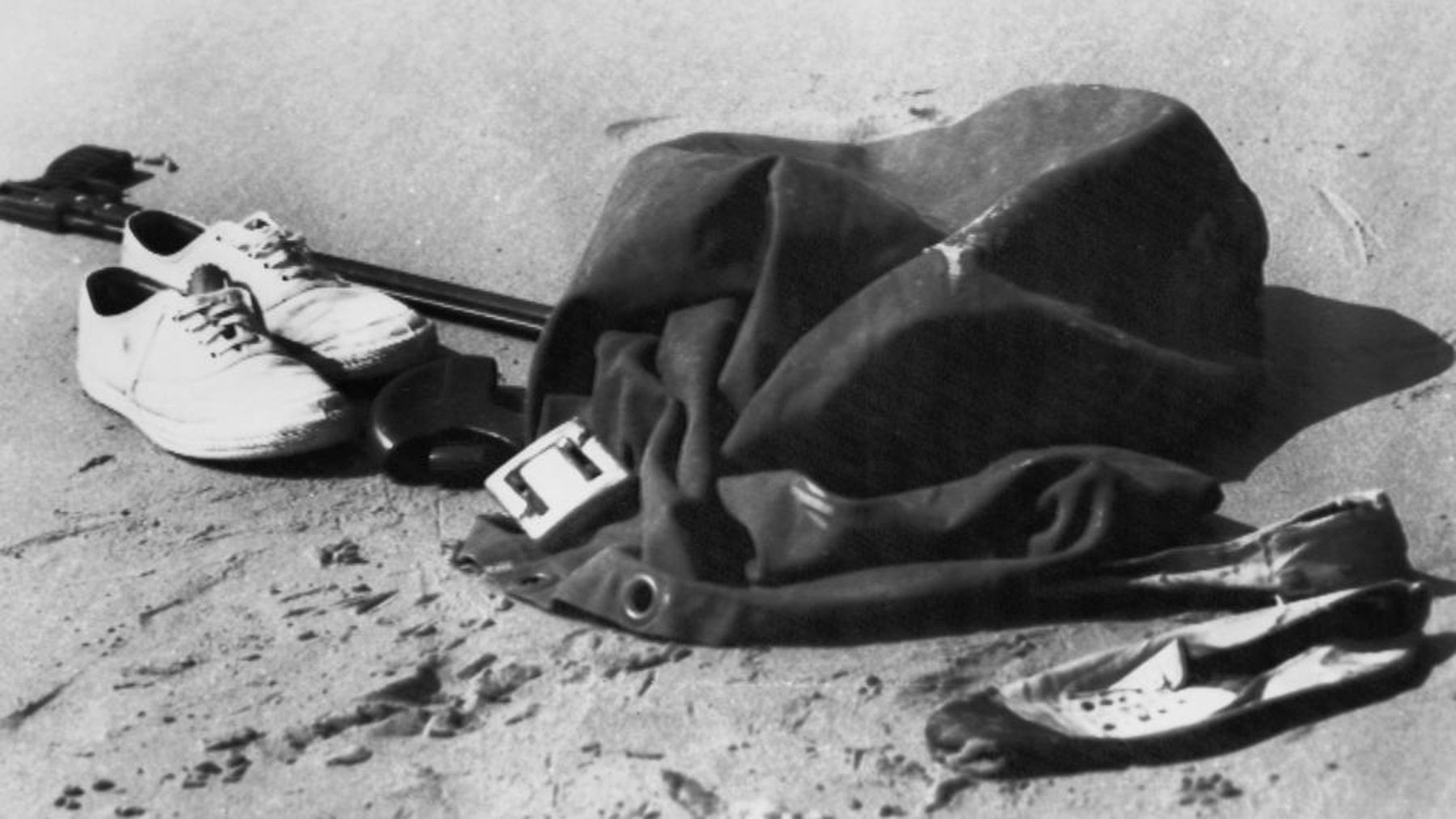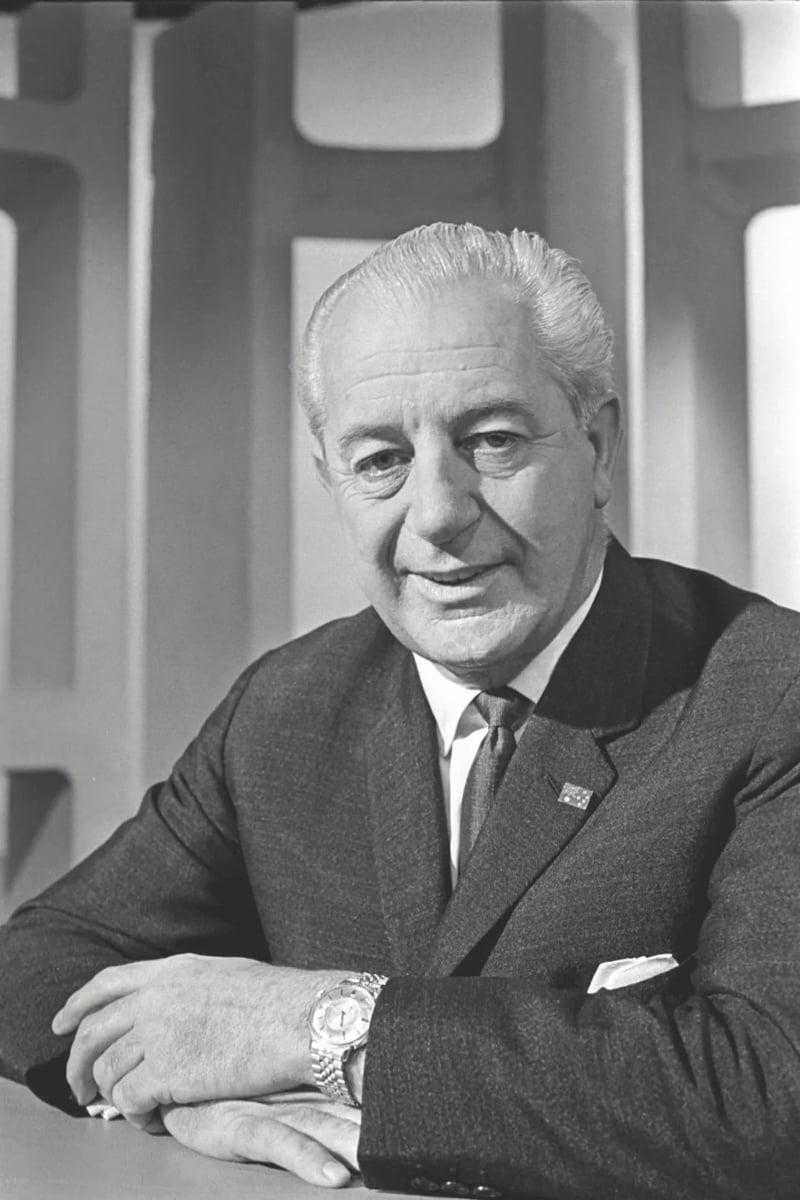The Rolex Submariner, The “007 Prime Minister,” And A Cold War Mystery
This is the story of how one prime minister’s love of the sea connected him with a senior Rolex executive and inspired the gift of a Rolex Submariner. That prime minister, Harold Holt, was the leader of Australia at the height of the Cold War. His mysterious disappearance shocked the world.
On Sunday, December 17th, 1967, Harold Holt was swimming off the Victorian coast with friends. As one witness later recounted, the swell was rough, a boiling ocean mass. But Prime Minister Holt was a confident swimmer. A spearfisher who often dived, he would reportedly practice holding his breath during Parliament. This was so he could “dive deeper during frequent snorkeling trips.” He knew the area like the “back of [his] hand.” After finishing his last cabinet meeting for the year, the Australian prime minister was probably looking forward to relaxing in the sea.
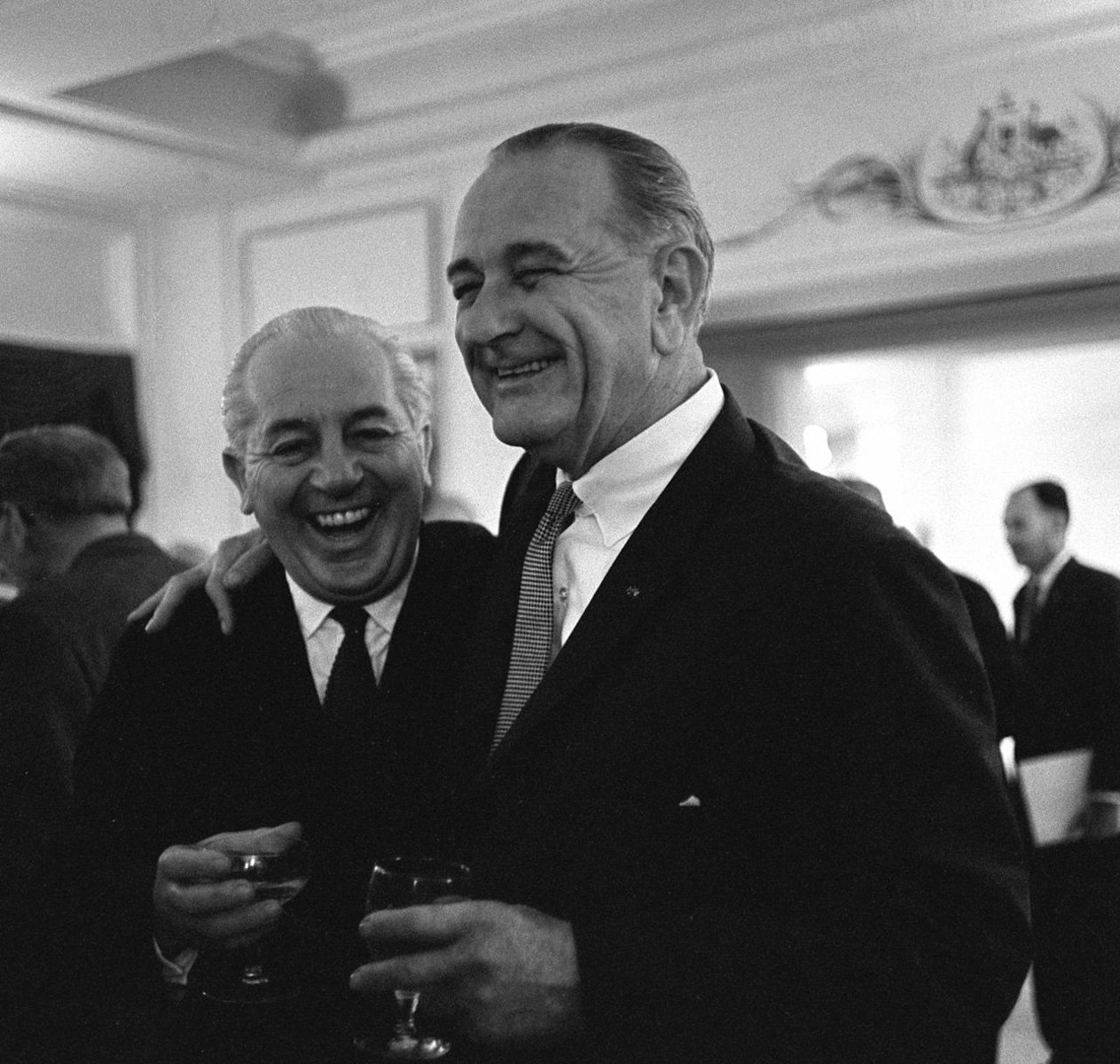
Holt with US President Lyndon B. Johnson in October 1966 — Image: Lyndon Baines Johnson Library and Museum
A mysterious and tragic disappearance
Holt had come into office in January 1966 and had been the prime minister of Australia for over a year. Christmas festivities were in full swing, with Australians already in holiday mode. He had arrived at Cheviot Beach to swim with friends, and according to local news reports, he had taken his red Pontiac to the beach’s entrance. The beach was named after the SS Cheviot (a ship wrecked on the beach in 1887, which killed 35 people). Cheviot Beach was a remote and dangerous area of the coastline.
“The water just engulfed him,” Marjorie Gillespie recounted to the Australian Broadcasting Corporation. In that interview, it came to light that Gillespie, Holt’s neighbor, had gone with him to the beach with her daughter Vyner and two friends, Alan Stewart and Martin Simpson. It was “like a leaf being taken out, so quick and final,” she told the ABC. “I couldn’t see his head anymore. And then he was gone.” Holt’s sudden and mysterious disappearance amid the Cold War became infamous. It sparked a host of conspiracy theories behind his vanishing. These included that he was a Communist Chinese spy who had escaped to China by submarine or being drugged by spies. One Indian mystic even claimed to know where Mr. Holt was.
The 007 Prime Minister
According to news reports of the time, Holt was a fit tennis player, adventurous, and passionate about outdoor life. Because of this, he gained the nickname “007 Prime Minister,” a reference to James Bond’s MI6 field-agent designation. Holt was equally as comfortable sharing a drink with US President Lyndon B. Johnson or spearfishing off the rocky coastlines of Victoria. The prime minister became renowned as a keen diver. In one instance, a news team followed him on one of his dives near his Portsea holiday home.
This video shows Holt diving and spearfishing, and he seems to be entirely at home underwater. You can see him expertly diving to catch rays and fish in photos. This was undoubtedly an unusual portrayal of a world leader for the time. But this portrayal proved popular. One company was starting to note Holt’s underwater adventures — Rolex. An incredible story emerges in a series of letters I discovered while researching a separate story.
A Rolex executive reaches out with an idea to gift a Submariner watch
Word got out globally about Holt’s skin diving. Diving was a popular sport in the 1960s. On May 6th, 1966, a letter from a watch company, Rolex, arrived in Prime Minister Holt’s mailbox. “Dear Sir,” it read:
“Many of the World’s leaders over the last 20 years have worn Rolex watches, among them Sir Winston Churchill, President Eisenhower (and now President Johnson), Chancellor Adenauer ( and now Chancellor Erhard), Prime Minister Nehru and General de Gaulle.
In asking you to accept a Rolex, we decided to think, too, of your leisure activities and to ask you and Mrs. Holt to test for yourselves the seaworthiness of our Rolex Submariner, the first deep sea diver’s watch and today the official diver’s watch of many of the World’s navies.
We have therefore taken the liberty of sending you, to the above address, two of our Submariners, hoping that Mrs. Holt and yourself will find them an invaluable part of your diving equipment.”
The letter seems to be written by René-Paul Jeanneret, Rolex’s marketing director. It goes on to say that in return, Rolex would like to ask one small favor: “We have in our founder’s office a private collection of signed photographs and we should be most honoured to add yours to our ‘Hall of fame.’
We are confident that you will derive many hours of pleasure from these Submariner watches, and remain, most faithfully yours. Montres Rolex S.A.” Attached to this letter was a photo of Rolex’s headquarters.
Unlike the gift of a Rolex Day-Date for many other world leaders, Jeanneret wanted Holt to have the Submariner in recognition of his underwater adventures.
A fellow diver at Rolex with a shared passion for the sea
As Rolex Magazine has noted, René-Paul Jeanneret was no regular Rolex manager. A proponent of the Rolex Submariner, Jeanneret was a scuba-diving fanatic. As a diver, he helped develop the Submariner and Sea-Dweller for Rolex. Research has noted that photos of Jeanneret diving even appeared in magazine ads for the Rolex Submariner. These included the one above, which shows Jeanneret testing a Rolex Submariner prototype in the early 1950s. Jeanneret must have noticed Holt’s shared passion for diving and decided to gift him and his wife the two Rolex Submariners.
Holt must have been interested in the Rolex Submariner. Further correspondence within the PM’s office included a letter to Holt from one of his staff asking whether he would like to receive the gift. The answer must have been affirmative, and a short while later, Holt decided to write directly to Jeanneret at Rolex in Geneva.
Letters exchanged between Rolex and Holt
Some of that correspondence reads thus and explains why Rolex reached out in the first place to Holt:
“Jack O’Shaughnessey – an ex Private Secretary – rang me from Sydney, and said that a friend of his, a Mr. Richard Willis, of Willis & Sons, 71 York Street, Sydney (Wholesale Jewellers and principal representative in Australia of ROLEX WATCHES) was desirous of making an approach to you concerning the presentation of a ROLEX watch to you and Mrs. Holt.
The ROLEX people in Geneva saw a picture of you in your diving outfit and were so impressed with this that they decided they would like to present you with one of their watches suitable for wear underwater and also one to Mrs. Holt; her selection, of course.
Apparently Rolex advertise in a way that embraces top figures in the international scene – ‘Men Who Guide the Destinies of the World wear ….. ETC. ETC.’ President Johnson and the Rt. Hon. Harold Wilson have been recipients of their watches.
On checking back with Sydney, I discovered that Mr. Dick Willis had left the establishment, and would be accessible in Melbourne on Monday next, the 28th, after 2.15 p.m., at their Melbourne set-up, which is Willis & Sons Ltd., 356 Little Collins Street, Melbourne…
(From what I gathered, there would not be any fanfare – the gifts would be sent direct by the Rolex people in Geneva – but guess the Agents would want to make some sort of a display if possible).”
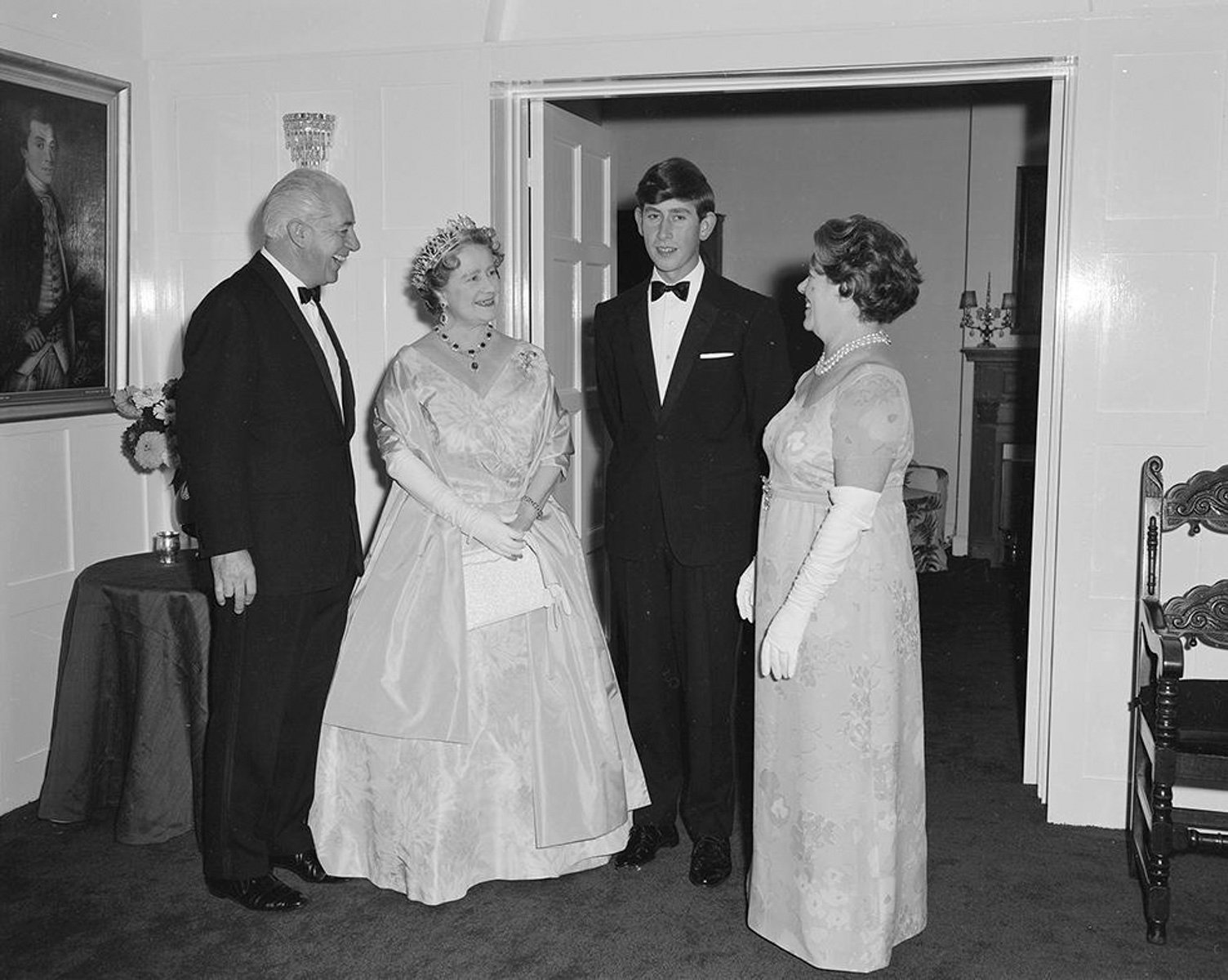
Prime Minister Harold Holt and Zara Holt welcome Queen Elizabeth and Prince Charles to dinner at The Lodge on Sunday, April 3rd, 1966 — Image: NAA
Holt is concerned over possible advertising stunt
Though appreciative of being gifted a Rolex, the Prime Minister must have been concerned over what he could have viewed as a possible advertising stunt. He sought assurances, which were noted in this internal correspondence within the PM’s office:
“Prime Minister, I ‘phoned Mr. Richard Willis, Willis & Sons, agents for Rolex, and told him that you were delighted by the offer of the watches for you and Mrs. Holt, but that you were a little concerned about the advertising angle. He said that Rolex’s catchline, “Men Who Guide the Destinies of the World Wear …” is merely a slogan, and there would be no advertising involving your name at all. The gift would be a matter between yourself and Rolex, Geneva.
There is a matter of duty on the watches, but Mr. Willis said that if you paid this in the first instance, Rolex would reimburse you. You would not be expected to pay the duty yourself.
The idea behind the presentation is that it should be a gesture of goodwill at a high level. If you are interested in receiving the watches, I shall contact Mr. Willis, who will in turn be in touch with his principals.
The watches would be sent to you direct from Switzerland.”
“I hope [the Rolex Submariners] will accompany us faithfully for many years to come”
By this stage, Prime Minister Holt must have been suitably assured. He then wrote back directly to Rolex, expressing his appreciation. “Dear Mr. Jeanneret,” he said, “My wife and I have now each received the kind gift from your company of a Rolex Submariner watch.
While I do not aspire to test the watch’s capability to withstand pressures up to 600 feet, I shall be glad to test it out much closer to the surface. It should assist me to plan more precisely the timing of my underwater excursions, and to hold more closely for subsequent engagements to that punctuality which is ‘the politeness of princes’ and the bugbear of politicians.
Mrs. Holt and I are both appreciative of the generous thoughtfulness which prompted you to donate the watches to us. I hope they will accompany us faithfully on pleasant occasions for many years to come.
You asked for a signed photograph, and I thought the one enclosed might be appropriate. If you would prefer a studio-type portrait, please let me know.
Yours sincerely, Harold Holt.”
“We [at Rolex] are delighted”
In the final letter in this correspondence, Jeanneret expressed his delight that two Rolex Submariners would be on the wrists of divers, one of them a world leader, no less. “Dear Sir,” Jeanneret writes:
“We are delighted with your kind letter of June 8th, 1966, and the very eloquent photograph! This is exactly what we were hoping for.
The picture will soon occupy a place of honour in our gallery of ‘great names’, now being reorganised – for private showing only. It will be in the management wing of the new Rolex Headquarters (of which the attached photograph will give you an idea.
We hope that the Submariners will mark only happy hours for Mrs. Holt and yourself. Particularly hours when you can forget your heavy responsibilities while pursuing that wonderful hobby, skin diving.
Very truly yours, René P. Jeanneret.”
Which Rolex Submariner?
With this correspondence dating to 1966, the Submariners that Mr. and Mrs. Holt received would likely have been the reference 5512 or 5513. Production of the reference 5513, as Mike noted in this article, began in 1962 and continued until 1990 with few changes.
One thing that remained a consistent design element was two lines of text on the lower half of the dial. These were the words “Submariner” and the “660ft = 200m” depth rating. The chronometer-certified Submariner ref. 5512 was in production from 1959 to 1980. The correspondence does not state the references of the two watches. But, interestingly, Mrs. Holt was wearing a full-sized Rolex Submariner in the 1960s. Unfortunately, we don’t have images of the exact watches on the Holts’ wrists. Many photos from the time were taken too far away, or the watches remained hidden underneath full-length shirts and suits.
News of Holt’s disappearance breaks
Less than a year later, Holt would go on his fateful swimming trip. When the ABC broke the news that Holt had disappeared, it shocked the nation and started a massive search operation. Front-page newspaper stories covered the search for Prime Minister Holt as the hours and days went by.
Details were scarce, but the expectation among the searchers was gloomy: “It is feared the prime minister has drowned,” news presenters said in broadcasts. Holt had been missing for two hours, but already dozens of search and rescue workers, the military, and the police had mustered on Cheviot Beach.
The search for a missing Prime Minister
Cheviot Beach’s beautiful coast was infamous for difficult currents. Swimmers had disappeared from Cheviot without a trace before. Alan Stewart, who accompanied Holt for the swim, recalled, “I was out of my depth, and I could feel this terrific undertow. It was quite powerful and quite frightening.” Big waves made the search more difficult. According to an ABC News report, one of the small rescue boats overturned in the early hours of the first night of the search because of rough seas. Searching the coastline from the air, rescuers remembered seeing waves two or three meters tall, even with falling tides.
Outside the line of breakers, the ocean quickly dropped to a depth of more than 30 meters. The search operation was called off as darkness arrived.
Hopes of finding Holt fade
ABC reports note that with daylight, any hope of finding the Prime Minister evaporated. During his broadcast, ABC reporter Tom Jones turned to a rescue diver. “What chance would you say anybody would have, or for that matter now, of a body being found in the area?” he asked. “At the moment, none at all,” the diver replied. Terrible storm conditions had been worsened by “torrential rain driven by a howling gale.” As rescuers looked across Port Phillip Bay for Holt, the nature of the search started to shift. “There is now a firm realization that there is no hope of finding Mr. Holt alive,” ABC reporter Peter Baster told viewers during the early hours of December 18th.
Finding Holt’s body would be almost impossible. As the hours passed on December 18th, hopes of finding him continued to fall. Divers were called back into the safety of the shore because of the rough conditions and a shark sighting. The search would continue until January 5th, 1968. To this day, Holt’s body has never been found.
Final thoughts
While serving as Australia’s prime minister, Holt gained significant global respect among leaders and allies. Foremost among these was President Lyndon B. Johnson. He also left a legacy that included establishing the Australian Council for the Arts for public funding of the arts. The Guardian notes that this covered all theater arts — drama, opera, ballet — as well as film and television, making the initiative a lasting legacy. Holt also left a significant imprint on Australia with the country’s 1967 referendum. This referendum gave Australia’s federal government the power to legislate on issues concerning First Nations Australians and to include them in the census.
Holt, it seems, also had great taste in timepieces. This included a trusty watch that could handle his passion for the sea, particularly diving. I have contacted the good people at the Hans Wilsdorf Foundation to see if we can find that signed photograph.
Featured image: LBJ Presidential Library

